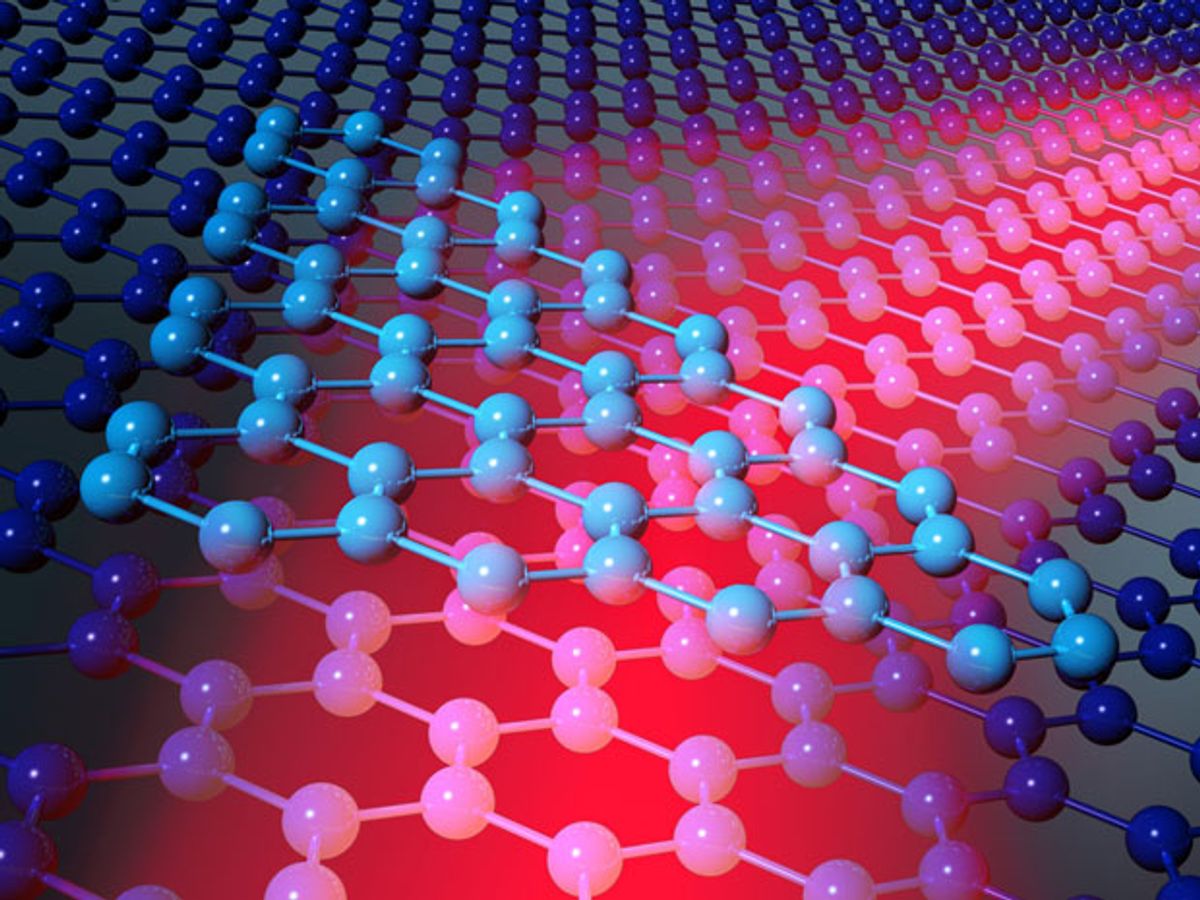When one takes into account the rough and tumble world for electrons in electronic devices, one would think it might make more sense just to use photons instead. The problem has been that light takes up a lot of space. The components for such a photonic system can’t get any smaller than a wavelength of light, which would translate to devices many times larger than today’s.
However, the field of plasmonics, which takes advantage of the surface plasmons that are generated when photons hit a metal structure, has looked to be a way forward for confining electromagnetic energy to subwavelength scales and create smaller photonic logic circuits. Recent research has shown that graphene and other two-dimensional materials produce plasmons too. These so-called graphene plasmons have an advantage over surface plasmons because their confinement of electromagnetic energy at subwavelength scales can be tuned and controlled by a gate voltage.
Now Spanish researchers at CIC nanoGUNE outside of San Sebastian, the Institute of Photonic Sciences (ICFO) near Barcelona, and the company Graphenea located at the CIC nanoGUNE research center have demonstrated that an optical antenna made from graphene can capture infrared light and transform it into graphene plasmons.
The research, which was recently published in the journal Science, demonstrated that a metal rod on graphene can act as an antenna for infrared light and transform it into graphene plasmons in much the same way a radio antenna converts radio waves into electromagnetic waves in a metal cable.
“We introduce a versatile platform technology based on resonant optical antennas for launching and controlling of propagating graphene plasmons, which represents an essential step for the development of graphene plasmonic circuits”, said team leader Rainer Hillenbrand in a press release.
The researchers believe that the graphene-based optical antennas provide a number of advantages. “The excitation of graphene plasmons is purely optical, the device is compact and the phase and wavefronts of the graphene plasmons can be directly controlled by geometrically tailoring the antennas,” said Pablo Alonso-González, who performed the experiments at nanoGUNE, in a press release. “This is essential to develop applications based on focusing and guiding of light.”
Dexter Johnson is a contributing editor at IEEE Spectrum, with a focus on nanotechnology.



